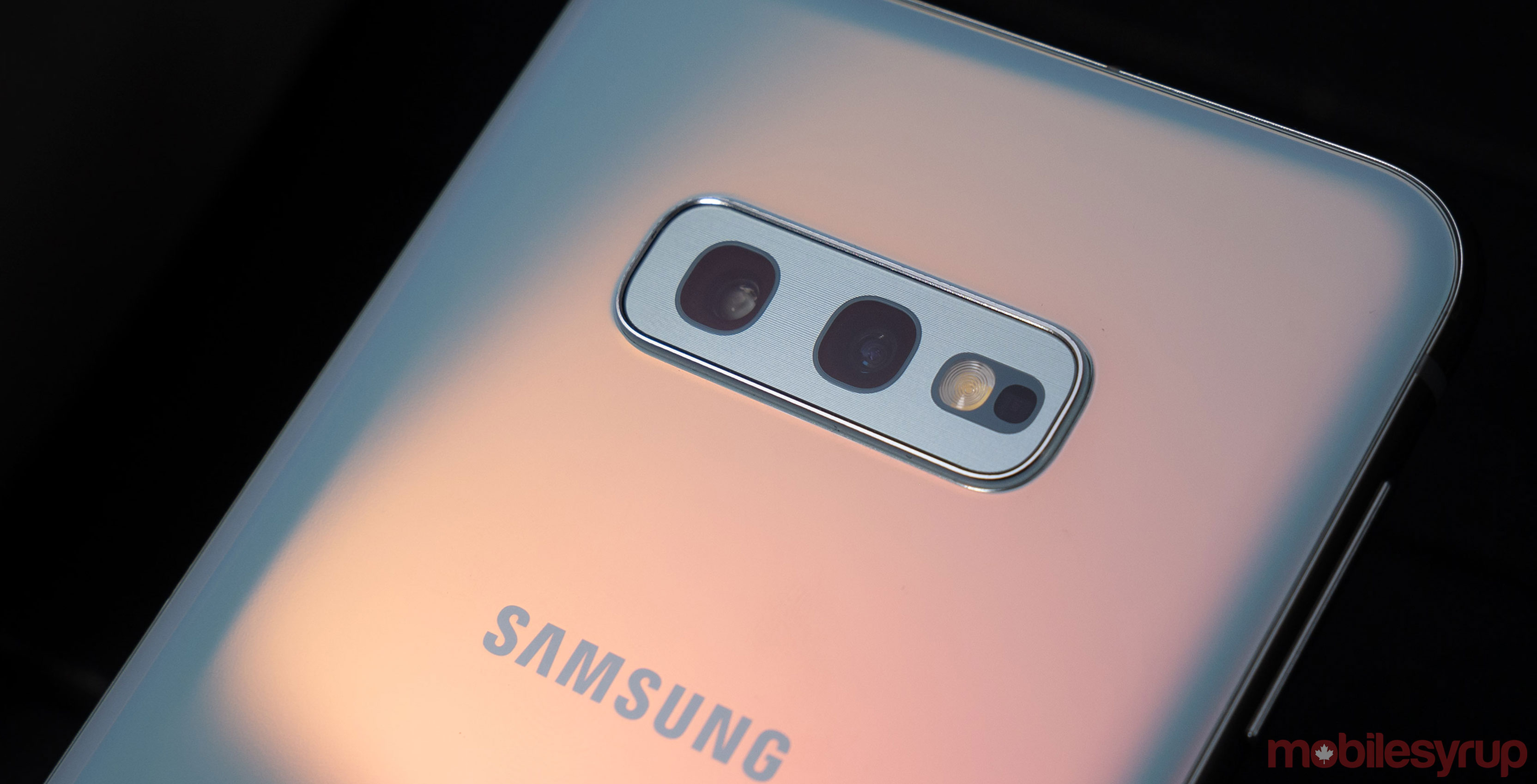
If you’ve been following Samsung’s Galaxy S-series for the last couple of years, you’ll know that the company dual sources the chipsets for its flagship smartphone.
When the phone ships late next week, S10 models in Canada and the U.S. will feature Qualcomm’s Snapdragon 855 system-on-a-chip (SoC), while in Europe and other markets across the globe the S10 will include Samsung’s own Exynos 9820 chip.
Over the last couple of years, the Snapdragon variants of Samsung’s S-series smartphones have outperformed their Exynos counterparts. According to Anandtech, that trend continues this year, as well.
The website obtained both the Snapdragon 855 and Exynos 9820 models of the Galaxy S10+ and benchmarked them on PCMark and Speedometer 2.0.
In every single test in which AnandTech compared the Snapdragon 855 S10+ against the Exynos 9820 S10+, the former outperformed the latter; what’s more, the S10 even outdid a Snapdragon 855 reference device in several tests.
In one instance of PCMark’s video editing test, the S10+ scored almost 1,000 points higher than the Exynos 9820-equipped S10+. When the Exynos 9820’s performance is plotted on a graph, we see that it shares company with phones several years older than it like the Pixel XL.
Visit AnandTech to see the full suite of testing the website conducted.
I’ve also heard anecdotally that the 855-equipped S10 outperforms the Exynos model when it comes to battery life, as well.
Practically speaking, this means Canadians get the better version of the S10.
Now for a fun history lesson.
Back when Samsung launched the S6, the Snapdragon 810, then Qualcomm’s flagship chipset, was notorious for overheating. Moreover, In both benchmarks and real-world use, the Exynos 7420, the chipset featured in the S6, outperformed the 810.
With the S7, Samsung dual sourced chipsets. In the U.S., the Galaxy S7 featured the Snapdragon 820, while in Canada, and much of the rest of the world, the S7 featured Samsung’s own Exynos 8890 SoC. The company has dual sourced chipsets for every new Galaxy S and Note series phone since then.
Where things get interesting is with the Note 7 — yes, the fabled Note 7. With the Note 7, and every flagship smartphone since then, both the Galaxy S and Note series have featured Qualcomm chipsets in Canada.
In short, Canadians consumers have consistently lucked out when it comes to the S-series’ chipsets. We missed the less than great experience that was the Snapdragon 810, only to start getting Snapdragon-equipped S-series smartphones when Qualcomm pulled ahead of Samsung.
Source: AnandTech Via: AndroidPolice
MobileSyrup may earn a commission from purchases made via our links, which helps fund the journalism we provide free on our website. These links do not influence our editorial content. Support us here.


